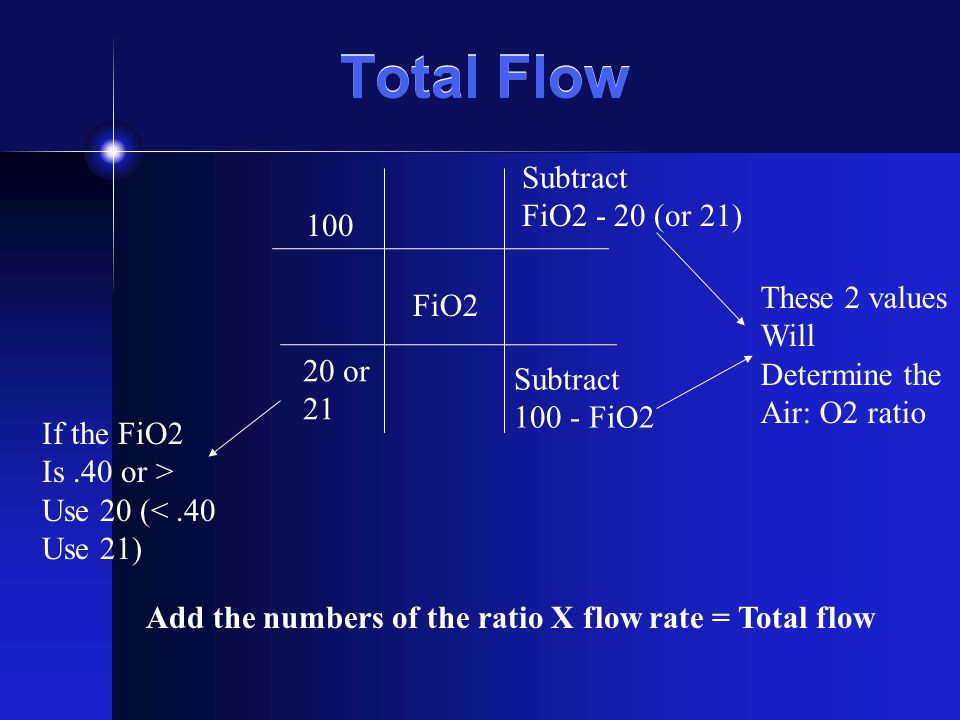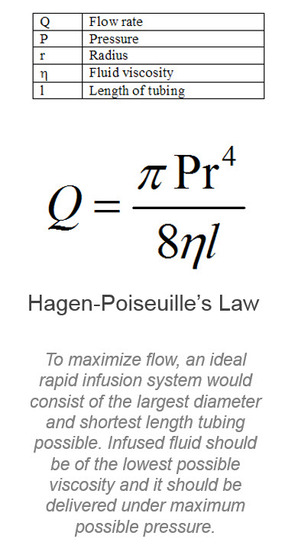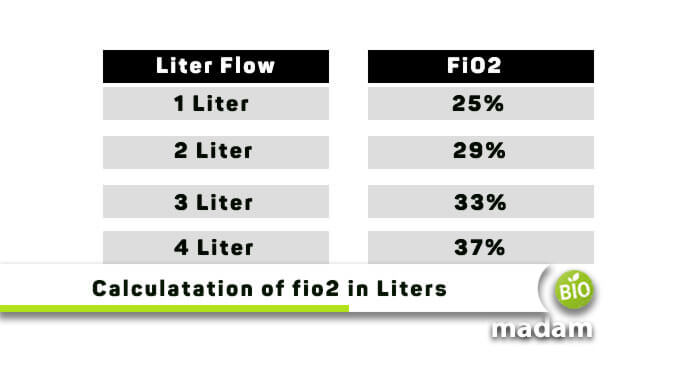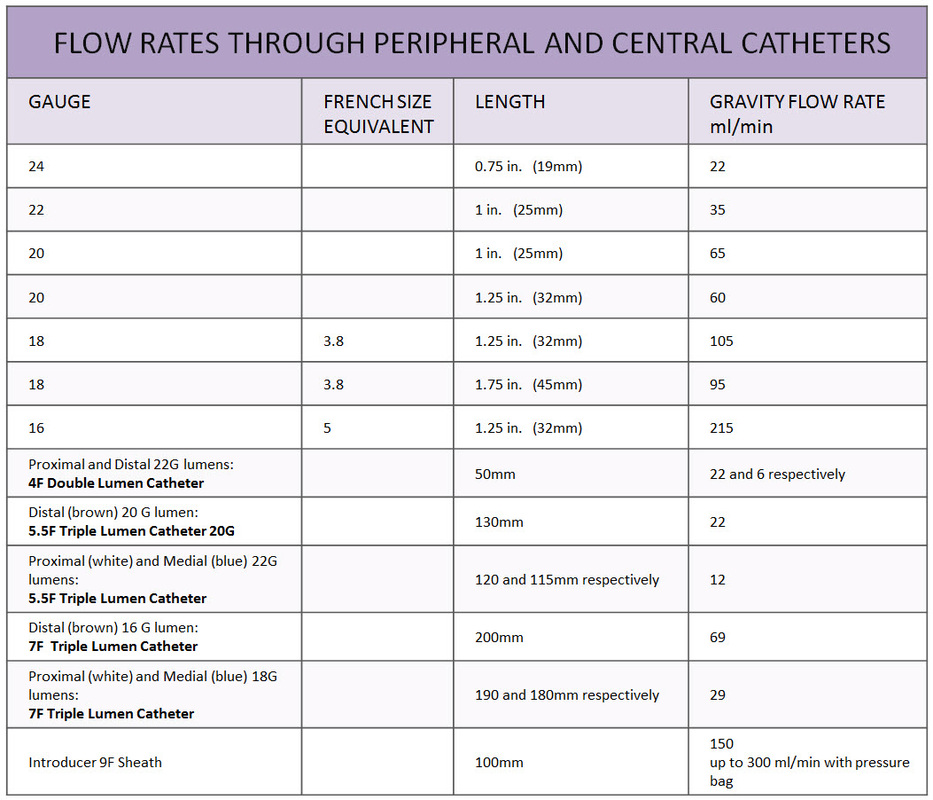high flow nasal cannula flow rate calculation
Principle setup of high-flow nasal cannula oxygen therapy. The calculation of nasal cannula FiO2 is rather easy.
High-flow nasal cannula HFNC is a relatively new device for respiratory support.

. Heat and humidified high flow nasal cannula or as most call it Hi Flow Nasal Cannula HFNC isnt just a standard nasal cannula cranked up to very high flow rates. 2017 discovered that in GOLD stage III and IV COPD patients high-flow nasal cannula at flow rates greater than 30 L per minute decreased the respiratory rate inspiratory time to total breath time ratio and diaphragmatic work of breathing compared to NIV. Assumes room air is 20 020 and each Lmin of oxygen 4 004.
The FIO 2 derived from nasal cannula flow rates can then be used to calculate the PF ratio. PRP pressure rate product. AU arbitrary unit.
The Journal of Pediatrics. ΔZ change in tidal impedance difference. Weiler T et al.
It actually takes gas and can heat it to 37 o C with a 100 relative humidity and can deliver 021 100 fi02 at flow rates of up to 60 litersmin. A rule-of-thumb is to set the flow rate around 20-30 Lmin and titrate the flow to the patients respiratory rate and work of breathing. Oxygen flow for every 1LPM of air flow.
Single limb heated inspiratory circuit avoids heat loss and condensation Lightweight flexible delivery tubing. For the most part just add 4 for each liter of O2. The flow rate and fi02 can be independently titrated.
Shop Save Today. High-flow nasal cannula or HFNC is a system that allows oxygen to be delivered to patients at very high flow rates. In adults it can be titrated from 20 L min up to 60 L min.
In addition Dzira et al. Active heated humidifier capable of providing 100 body humidity. FiO 2 will then be titrated to the desired oxygen saturation.
Oxygen delivery through high-flow nasal cannulae increase end-expiratory lung volume and reduce respiratory rate in post-cardiac surgical patients. High-flow nasal cannula HFNC therapy is an oxygen supply system capable of delivering up to 100 humidified and heated oxygen at a flow rate of up to 60 liters per minute. Oxygen flow rate 5LPM from question Air flow rate 5 163 306 LPM NOT 5 x 163 835.
Supplemental oxygen was delivered through a standard nasal cannula at a flow rate of 24 L min 1 after extubation and maintained during transport to the PACU. After HFNC during reassessment the ROX Index can help suggest which patients will fail HFNC and need to progress to intubation for further ventilatory support. HFNC has two parameters to be set by the providerflow rate and FiO 2.
Most HFNC circuits can deliver a maximum of 60 Lmin. HFNC high-flow nasal cannula. This delivers 25-40 FIO2 depending upon their respiratory rate tidal volume and amount of mouth breathing.
The positive end expiratory PEEP effect oxygenates the airway and the warm water creates vapors which loosens mucus so the alveoli can. We read the article published recently in Critical Care by Tan et al. Oxygen and air source.
Room Air 21. A patient has a pO 2 of 85mmHg on ABG while receiving 5 litersminute of oxygen. Immediately on arrival in the PACU HFNO was started in the HF group while the standard nasal cannula was left in place in the NC group.
See our table below for common estimates of FiO₂ based on oxygen delivery device and oxygen flow rates. 18 HFNC gas flows match the high spontaneous inspiratory flows generated by patients with shortness of breath reduce entrainment of room. Nasal Cannula is typically started at 2Lmin and then titrated upwards to as high as 6Lmin although 2-4Lmin is ideal.
We appreciate their effort to evaluate high flow nasal cannula HFNC usage in post-extubated chronic obstructive pulmonary disease COPD patients with respiratory failure A non-inferiority study is a reasonable approach given NIV has shown benefit in post-extubation studies 24. In pediatrics HFNC use continues to increase as the system is easily set up and is well tolerated by patients. High Flow Nasal Cannula.
A higher index is better as it suggests a better oxygen saturation a lower. An airoxygen blender allowing from 021 to 10 F I O 2 generates up to 60 Lmin flow. The gas is heated and humidified through an active heated humidifier and delivered via.
Total flow 5 306 806 LPM To confirm your answer use the FiO 2 formula. 5 Lmin 40 oxygen FIO 2 of 040. The only exception to this rule is the first liter you add 3 consider this a favor done to get you onto numbers divisible by 4.
Ad Find discounts on Nasal cannulas. Air-oxygen blender generates up to FiO2 10 at a flow rate of up to 60Lmin. ΔPes change in esophageal pressure.
FIO2 titratable up to 100. We would obviously do this above room air 21. HFNC is humidified and delivered at body temperature to avoid cooling and desiccation of the nasal mucosa and most patients perceive this to be more comfortable than standard high-flow oxygen masks or NIV.
The heat and humidified high-flow nasal cannula or as most call it high-flow nasal cannula HFNC isnt just a standard nasal cannula turned up to very high flow rates. It takes gas is able to heat it to 37 o C with a 100 relative humidity and can deliver 021 - 100 fraction of inspired oxygen FiO 2 at flow rates of up to 60 liters Lmin. Management of COVID 19 patients Huddle Sheet April 2020 High flow improves oxygenation for the patient by washing out dead space in the lungs and clearing out the CO2.
The Relationship between High Flow Nasal Cannula Flow Rate and Effort of Breathing in Children. All settings are controlled independently allowing for greater confidence in the delivery of supplemental oxygen as well as better outcomes when used. Nasal prongs do not occlude the nare 50 of the nare is open Oxygenates airway dead space.
Humidity and Temperature adjustable. By using specialized nasal cannulas heating the circuit to body temperature and humidifying the air these high rates can be delivered with very good patient tolerance. Ad Browse Our Huge Selection Of Discount Nasal Cannula Products.
EELZ end-expiratory lung impedance. So this is how it goes. High flow humidified oxygen delivered via nasal prongs longer than with standard Nasal Cannula Flow rates adjusted between 10-60 Litersminute.
Search Save Online Today. The optimal HFNC rate to decrease effort of breathing for children less than 3 years old is between 15 and 2 Lkgmin with the greatest improvement expected in children under 5 kg. The nasal cannula is good for most patient needs with lower levels of oxygen requirements.
-- Air flow oxygen flow. RR EIT respiratory rate measured via electrical impedance tomography. The use of nasal cannula adapted to the infants nares size to deliver heated and humidified gas at high flow rates has been associated with improvements in washout of.
PesPEEP end-expiratory pressure measured via esophageal pressure. The decisions to intubate a. After initial treatment with nasopharyngeal suctioning and low-flow nasal cannula NC patients with persistent respiratory distress were transitioned to HFNC with a flow rate between 4 and 15 Lmin based on clinician assessment of patient work of breathing and F i O 2 between 40 and 100 adjusted to maintain saturations 90.

Medical Math Calculating Oxygen Flow Rate Youtube

Respiratory Calculations Ppt Video Online Download

Flow Rates Through Catheters Pediatric Anesthesia Digital Handbook

All Ati Skills Module 3 0 Quizzes All Ati Dosage Calculation 3 0 Quizzes Answered 2022 In 2022 Dosage Calculations Airway Management Medication Administration

Equation For Oxygen Delivery Download Scientific Diagram

Results Of Pulse Volume Measurement And Calculation Of Minute Volume Of Download Scientific Diagram

High And Low Flow Oxygen Devices

How To Calculate Fio2 From Liters Biomadam

Oxygen Cylinder Duration Calculator Open Critical Care

High And Low Flow Oxygen Devices

Hekaflo High Flow Nasal Oxygen Therapy Device Features Heka Medicals India Pvt Ltd

6 Liters Nasal Cannula Percent Oxygen Online 57 Off Www Vetyvet Com

Air Entrainment Calculations Flashcards Quizlet

Oxygen Flow Rate Formula Dog Hd Png Download Transparent Png Image Pngitem

P F Ratio And How To Calculate Pao2 Fio2 Pinson Tang

Student Nurse Goals Nursing Students Smart Specific Measurable Nurse

Hekaflo High Flow Nasal Oxygen Therapy Device Features Heka Medicals India Pvt Ltd

Flow Rates Through Catheters Pediatric Anesthesia Digital Handbook

